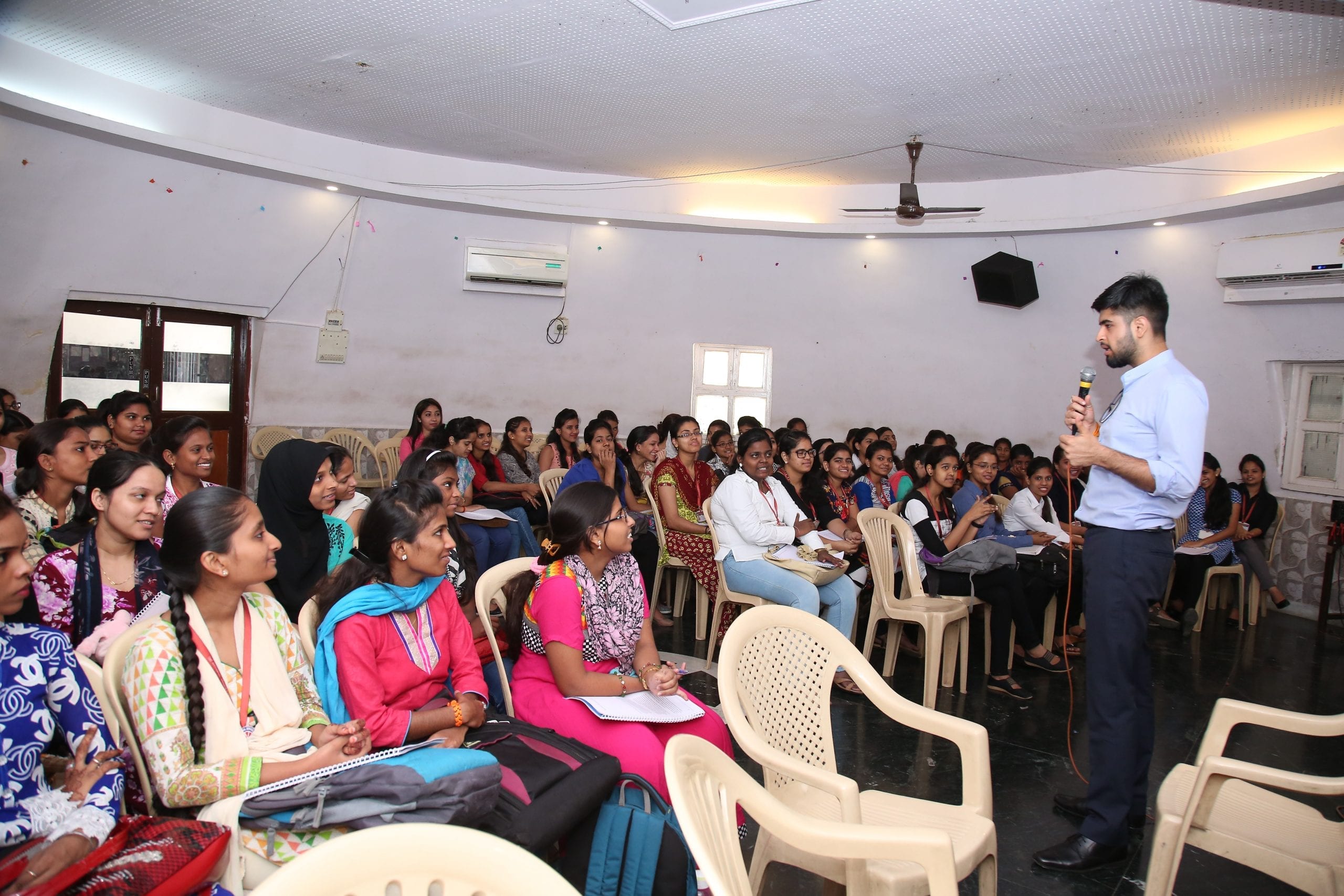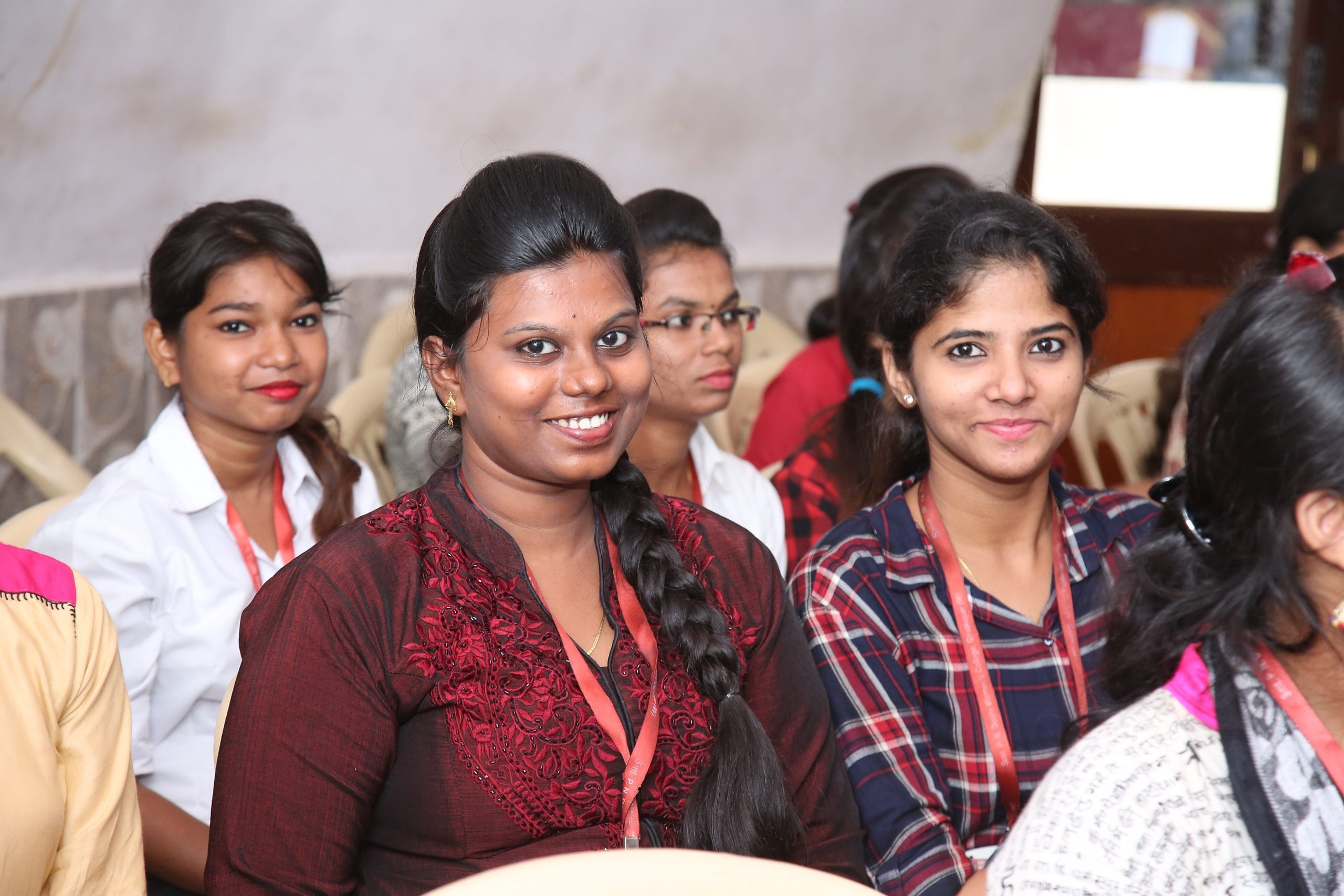Cost-Effective Impact Spotlight: Youth Employment in India
In a world with significant poverty but limited resources, how can we ensure that each development dollar achieves as much impact as possible? The question of cost-effectiveness is one of the central challenges of international development, and part of the reason that TechnoServe measures and publishes the income gains its clients achieve, per every program dollar spent. In this series, we highlight the lessons gained from TechnoServe’s most cost-effective programs around the world and examine how even programs with lower returns on investment can yield important insights in the quest to reduce global poverty.

For youth living in the slums of Mumbai, the idea of dressing up and going to work in an office building every day might have once seemed like an impossible dream. Yet that’s just what many of them are doing after participating in TechnoServe’s Creating Employment and Empowerment through Youth Development (CREEYD) program. In a country where over 80% of the population works in the informal sector, this program helped young people from some of the most marginalized communities to gain the professional skills they needed to move up the economic ladder into more formal business positions.
A partnership between TechnoServe and Citi Foundation, CREEYD ran from 2016 to 2018 and trained 1,450 youth. The return on investment (ROI) for the CREEYD program was 22.8, meaning that for every dollar TechnoServe spent on the program, youth income increased by an average of $22.80. We spoke with Punit Gupta, TechnoServe’s India country director, to learn how CREEYD achieved such a high ROI and what lessons it yielded for spreading such a significant impact to even more areas.

Why did CREEYD achieve such a high ROI?
The high program ROI was a result of both greater incomes and low program costs. The program increased career linkages for disadvantaged students in low-tier colleges by helping them access the formal job sector, which typically offers better annual incomes. Because of the program, an additional 37% of students in low-tier colleges were able to access career placement opportunities.
The program was also relatively low-cost and followed an embedded model that used college resources. We did not need to rent out additional space to conduct the training, and much of the training was done using an online learning platform, allowing us to scale the program up without incurring additional costs. Finally, we were able to leverage past relationships with recruiters and corporates to secure better incomes for students and ensure retention.
Youth development initiatives are helping many young people in India to transition into formal jobs for the first time. What is the economic significance of that shift for the young people in your program, many of whom came from families who had always worked in the informal sector?
The program reached high-risk, high-potential youth at the critical point just before workforce entry, providing the support they need to escape the cycle of poverty through formal careers. Without this support, many students are likely to fall into unemployment or informal sector employment. The economic difference between formal and informal work is enormous, especially over the course of a career.
Thus, the program’s focus on this demographic at this particular juncture presents an opportunity for incredibly high economic returns. Through our corporate partnerships, innovative placement approach, best-in-class trainers, and college-embedded model, we have capitalized on this opportunity to economically transform the lives of participants and their families.

What were the main challenges the team faced in generating impact through this project? How did you address those challenges to ensure continued cost-effective impact?
The main challenge in the initial days of the program was negotiation for space and resources with college partners. We also had to build credibility among recruitment partners. However, through consistent communication and relationship building with students, college staff, corporates, and parents, the program was able to build an atmosphere of trust among all stakeholders involved. By consistently supporting students throughout the program life cycle and beyond, and by providing our recruitment partners with high-quality talent, we have established credibility in the space.
Was there a second iteration of this project? If so, what lessons did we apply from the first phase of the project?
Yes, the project underwent multiple iterations and has currently evolved into our Campus to Corporate Careers program, which works with youth in Mumbai and Bangalore. With each iteration, the curriculum evolved after extensive needs assessments of the market and after taking into account student aspirations. In the first year, the trainers used British Council resources to teach business communication, and only one module was developed in-house: the personal and professional effectiveness module. In the next phase of the program, three modules were built in-house and were based on [what we had learned about] student and market needs.
An important add-on in the subsequent program phases was counseling support, which included allocated time for each student to have one-on-one sessions with trainers and experts. The sessions included career guidance and support over a period of time to help provide individualized attention, keep students motivated, and encourage them to not drop out of the program.
Is this approach being replicated with other projects? If so, how? Do you think the method of achieving this cost-effectiveness could be applied elsewhere?
Yes, most components in the CREEYD project were 100% replicable. Because the program was successful in achieving its outcomes and setting up systematic processes and operations, the project has been able to spread across multiple geographies, including Noida, Bangalore, and Mumbai.
The approaches that can be replicated across projects are the college-embedded model; the rigorous targeting and screening to identify the more motivated beneficiaries; the need to align recruiter demands with student aspirations as closely as possible; and the importance of matching student needs with employer expectations through a flexible curriculum.




